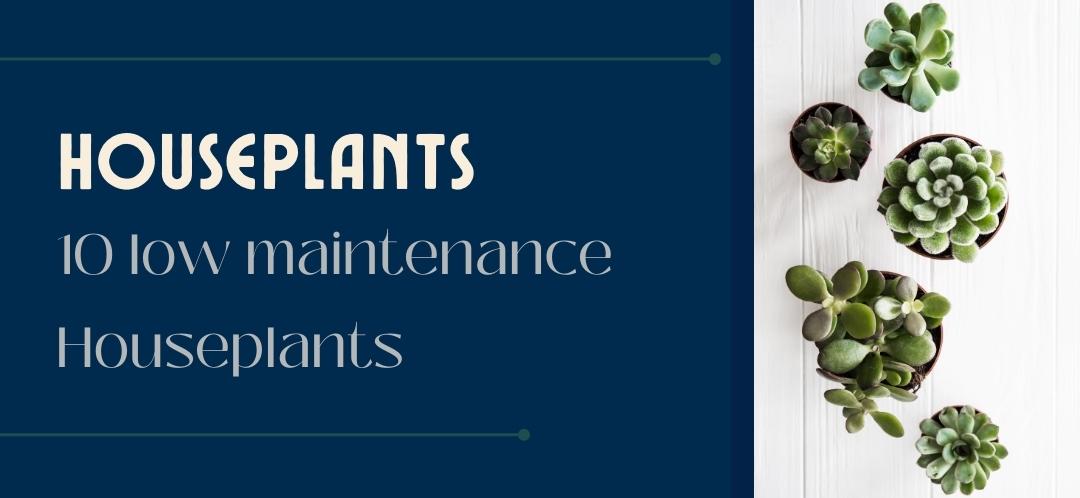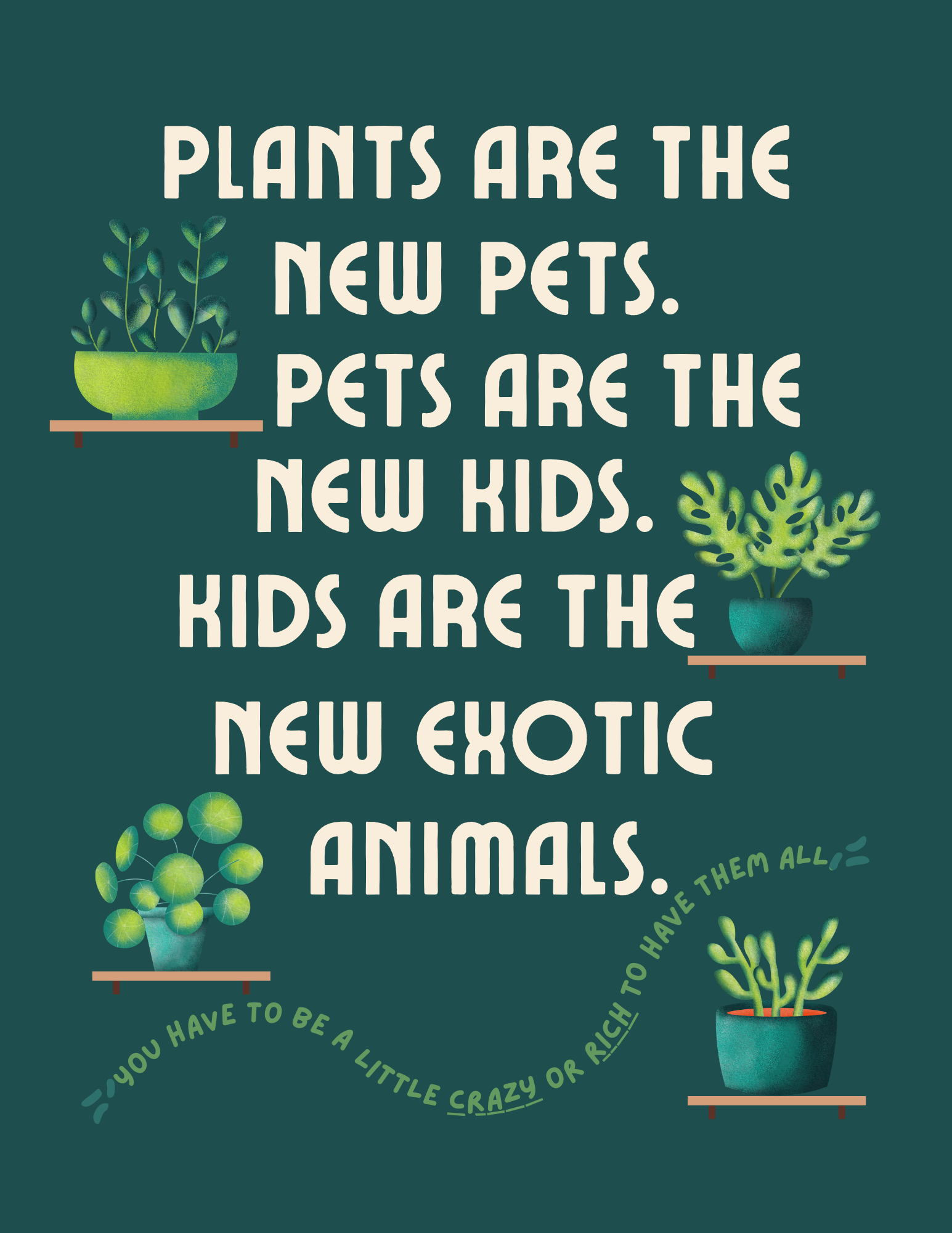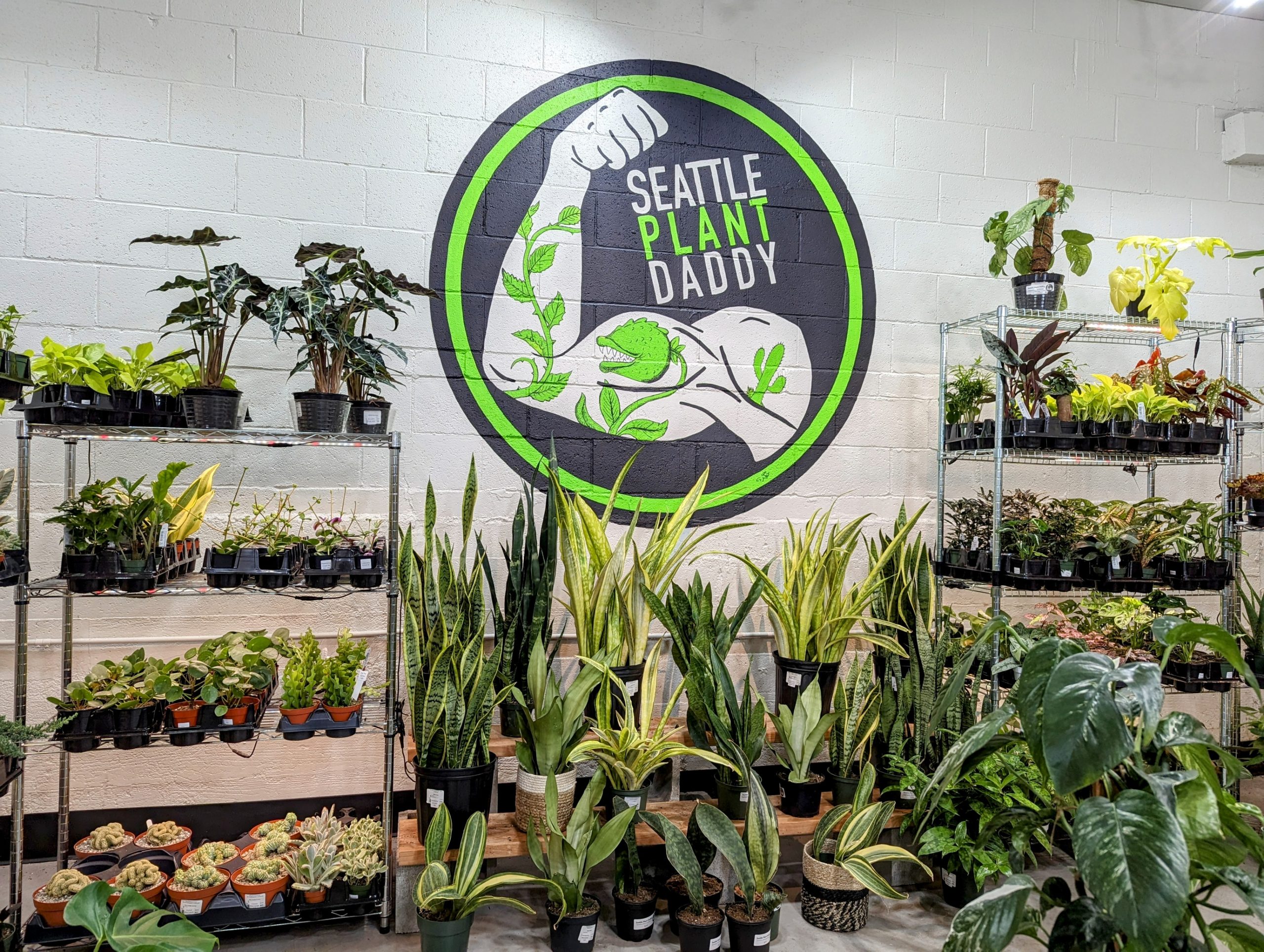The Rise of Houseplants
Have you heard that houseplants are the new pets and pets are the new children? The popularity of houseplants grew substantially during the pandemic when people were isolated and looking to make connections with any living thing. Luckily, unlike some quick unions, embracing these leafy companions came with many benefits.
Here are some of the most significant benefits of having houseplants in your home:
- Air purification: A study by NASA showed indoor plants improve air quality by removing harmful chemicals from the air.
- Improved mood: Studies have also shown that house plants can improve your mood and reduce feelings of anxiety, depression, and stress.
- Increased Productivity: A study by WSU concluded that live indoor plants can help to increase productivity by 12%, making them great additions to home offices and workspaces.
- Self Care: Some plants, such as Aloe Vera, have healing properties when harnessed correctly. I would strongly advise you to do your research before adding plant remedies to your list of health fixes though. Because on the other hand, some plants can cause you harm.
- Aesthetics: I feel like this is the most obvious benefit of having house plants in your home. They are a good means of adding natural beauty to your space!
Now, if you’re new to the houseplant scene or have a track record of killing all things green, fear not. There are plenty of low maintenance options available, perfectly suited to your level of expertise. Let’s explore a few.
10 Houseplants That Are Low Maintenance
Spider Plant
Speaking from personal experience I can say, Spider plants are incredibly resilient and can thrive in various lighting conditions, from low to indirect bright light. They should be kept in well-draining soil and watered when the soil feels lightly dry to a finger probe. AND Bonus: they’re non-toxic! Mine has survived being the first plant of an inexperienced tween-aged handler, endured an attack from a poorly aimed dog toy, and a fall from a short height. The only thing it doesn’t tolerate is tap water with high chlorine levels, which causes the tips of its leaves to turn brown. To solve this, simply let your tap water sit for a few days before using it to hydrate your plant.
Snake Plant
I feel like these plants are everywhere, and for good reason too. The Snake Plant is an excellent choice for beginners. It can withstand drought-like conditions and adapt to various lighting situations. Plant it in well-draining soil, such as a cactus mix, and water it when the soil is dry to the touch. This plant is another one that owners find great success propagating. Just be aware this plant is toxic, so keep it away from curious fur babies, babies, and foolish adults.
Holiday Cactus (Thanksgiving, Christmas, Easter)
If you’re seeking vibrant floral colors, the Holiday Cactus is the perfect choice. I currently have a Thanksgiving and a Christmas Cactus in my home. I must admit that I have not perfected the art of getting them to rebloom annually; mine seem to prefer every other year. They are non-toxic though.
Pothos
Ah, the Pothos plant. These plants are widely available and incredibly easy to care for. I had the pleasure of nursing some Pothos plants in our office back to health that were struggling from the aftermath of the 2020 work from home order. With very little TLC they bounced right back to life before they disappeared under mysterious circumstances a few months ago. But I digress. Pothos thrive in low to bright indirect light and require minimal maintenance. With 15 species to choose from, you can find a leaf pattern and color that perfectly suits your style. You can let them hang loose, or vine. Just be aware that Pothos plants are toxic.
Air Plants
Air plants defy the traditional norms of plant care. Unlike their soil-bound counterparts, air plants require no soil. This unique feature allows for creative displays, such as hanging terrariums or natural wood features. These plants draw moisture from the air, but they still need occasional watering. Mist your air plant weekly and give it a good soak every now and again, adjusting the care based on the humidity levels in your home. If you notice it wilting, it’s a good sign it’s time to dunk it. The best part? Air plants are non-toxic.
Pilea
The Pilea Pepermoides, also known as the Money Plant or UFO Plant, is a standout with its flat pad-like leaves. It thrives in medium to bright indirect light, but direct sunlight can lead to leaf burn. Keep an eye on the leaves, and when they start to droop slightly, it’s time for watering. This plant is non-toxic.
Haworthia
Resembling an Aloe Vera plant, the Haworthia earns its nickname, the Zebra plant, from the striking white stripes that run the length of its spiked leaves. This succulent requires bright indirect sunlight and thrives when you allow the soil to dry before watering. It’s a low maintenance plant that is also non-toxic.
Lucky Bamboo
If you’re looking for an almost indestructible plant, Lucky Bamboo is your best bet. It can grow in water or soil, tolerates low light, and thrives in bright to medium indirect sunlight. With its unique shapes and versatility in pot choices, it is customizable to any space. I was surprised to find out that Lucky Bamboo isn’t bamboo at all; it’s related to the water lily. And unfortunately, it is toxic.
ZZ Plant
The ZZ Plant is a true low-maintenance champion. It can tolerate low light conditions and infrequent watering, making it the perfect fit for forgetful plant parents. Planted in well-draining soil, this resilient plant can survive in several different conditions. I know this because I sometimes forget about the one sitting outside of our office entrance. Just be aware that this plant is toxic. Moreover, it can cause allergic reactions to its handler’s skin, much like poison ivy. So, handle it with caution and care.
Herbs
Finally, let’s not forget about the sustainable option of growing herbs in your home. You’ll not only save on grocery bills but also have fresh ingredients readily available. Many herbs can be grown from scraps and cuttings- from green onions to basil you have a lot of options to choose from. And of course, herbs are non-toxic for human consumption.
Houseplants Are Addicting
In conclusion, houseplants offer a plethora of benefits, ranging from air purification and aesthetics to mental well-being and increased productivity. They’re the perfect companions for any home, regardless of your gardening experience. Just remember to do your research, especially if you have pets or young children, as many common houseplants are toxic if ingested.
And one last word of caution before you go. It’s easy to become addicted once you develop a green thumb. Trust me, I’ve been there. One minute I was content with a $4 Lucky Bamboo plant, and next thing I knew, I stood eyeing that beautiful White Princess Philodendron at Seattle Plant Daddy, contemplating if I was experienced enough to handle the splurge. It’s a slippery slope, but a rewarding one.
Happy Planting!

 Facebook
Facebook
 X
X
 Pinterest
Pinterest
 Copy Link
Copy Link















